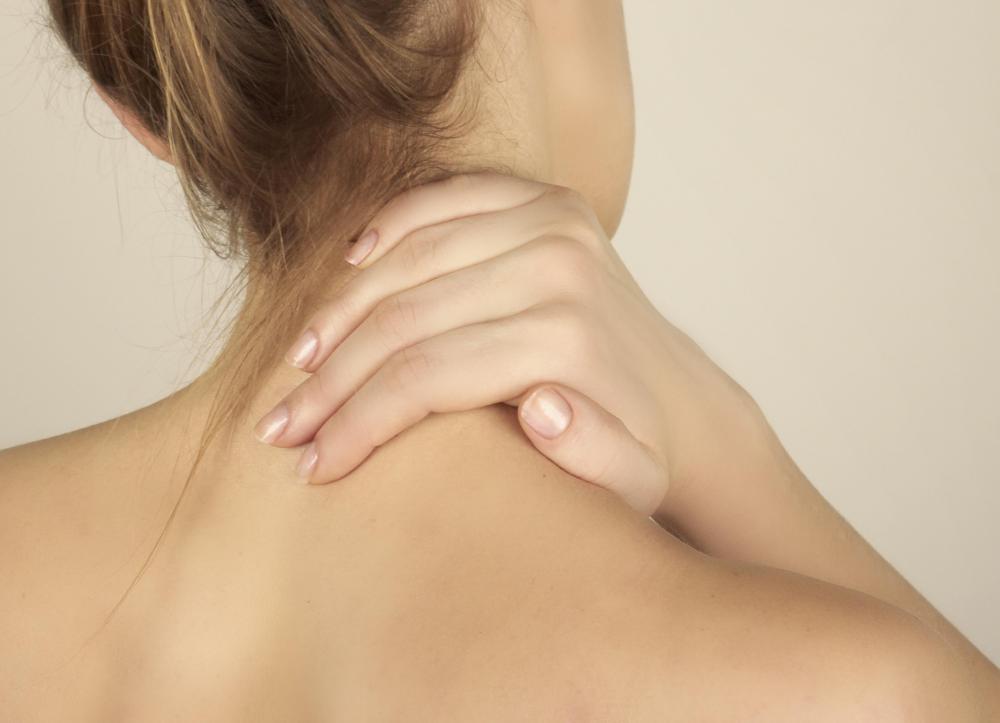At TheHealthBoard, we're committed to delivering accurate, trustworthy information. Our expert-authored content is rigorously fact-checked and sourced from credible authorities. Discover how we uphold the highest standards in providing you with reliable knowledge.
What are Cervical Bone Spurs?
Cervical bone spurs are growths that form on the vertebrae of the cervical spine in the neck. Over time, however, cervical bone spurs can begin to protrude into the foramen, or opening in the vertebra that allows the spinal cord to pass through. Cervical bone spurs may cause no symptoms, or they can cause pain when they apply pressure to surrounding bones, tissues, nerves, or the spinal cord itself. Bone spurs, or osteophytes, can break off from the bone to which they're attached and interfere with joint mobility. Causes of bones spurs include spondylosis, osteoarthritis, and spinal degeneration due to aging.
Cervical and other types of spinal bone spurs typically occur due to the normal degeneration of the spine that accompanies growing older. With time, the spinal discs that cushion the vertebrae from impact can suffer from wear and grow thinner. The ligaments that hold these joints together may thicken to compensate for the resulting looseness in the joint. With more time, these ligaments can calcify, and bone spurs can form on the surrounding vertebrae.

Factors that contribute to the development of cervical bone spurs include diet, heredity, and history of spinal trauma. Those with poor posture are considered more likely to develop bones spurs on the cervical spine, as well as other parts of the spine. Repetitive strain is believed to play a role in the development of cervical bones spurs as well.

Symptoms of cervical bone spurs can include muscle weakness, spasms and numbness. Bone spurs in the cervical spine can cause pain in the shoulders and neck. Those suffering from cervical spine bone spurs may experience a lack of motor control over certain parts of the body. This can occur because the spur is putting pressure on a nerve that controls muscle movement in that part of the body. If the bone spur has broken off and is stuck in the joint, the joint may be difficult to move and may even occasionally lock.
Activity usually worsens the symptoms of bone spurs in the neck or spine. Rest often alleviates the symptoms. Cervical bone spurs are typically diagnosed via MRI, CT scan and X-ray.
AS FEATURED ON:
AS FEATURED ON:

















Discuss this Article
Post your comments